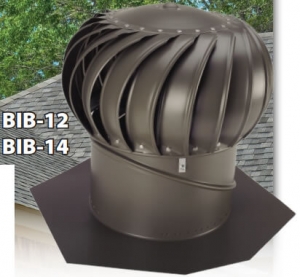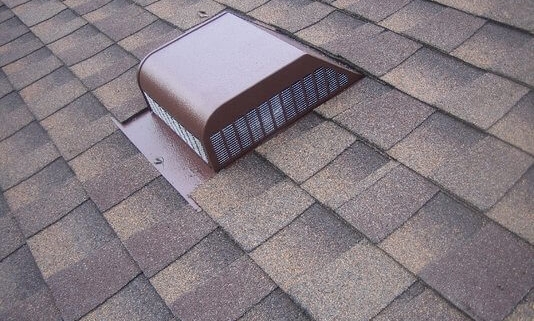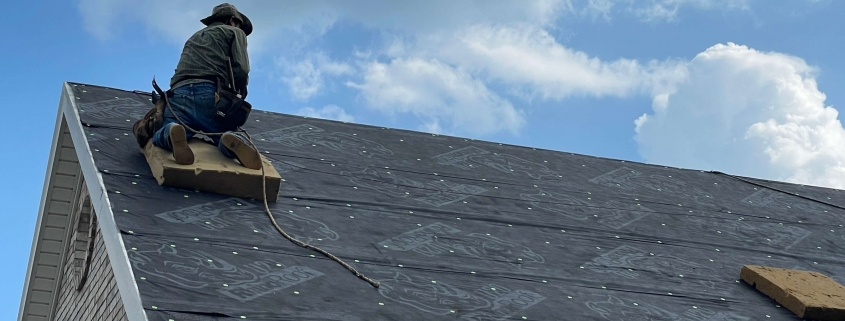The Mysteries of Roof Ventilation
In my conversations with homeowners about roof ventilation, I have discovered there is quite a bit of confusion as to what it is for, and how to best set it up.
 Roof ventilation is important because it keeps heat and moisture from building up in one’s attic. Heat build-up in the attic not only increases the cost of cooling a house in the summer, but shortens the lifespan of the shingles. And moisture in the attic is undesirable because it allows for the growth of mold, which can be harmful to the health of the home’s occupants. A well-ventilated attic is a dry attic.
Roof ventilation is important because it keeps heat and moisture from building up in one’s attic. Heat build-up in the attic not only increases the cost of cooling a house in the summer, but shortens the lifespan of the shingles. And moisture in the attic is undesirable because it allows for the growth of mold, which can be harmful to the health of the home’s occupants. A well-ventilated attic is a dry attic.
But roof ventilation is not intended to ventilate the home itself. I have fond memories as a child spending the night at my grandparent’s home and enjoying the cool breezes created by a large attic fan mounted in the ceiling of their old house. Attic fans are designed to ventilate the house proper. But the box vents, ridge vents and whirlybird vents installed on your roof are designed just for attic ventilation.
But here’s the catch. No matter what type of vent is installed, they don’t work if there is nowhere for air flow to come into the attic. Those vents on your roof are “out-take” points. When attic ventilation is properly installed, your attic will “draw” much like a chimney, with air coming in via “intake-points” and going out the roof vents.
Where are the intake points? The best option is to have vents installed in your soffits.
This way, the air from the lower recesses of your attic is pulled up and out the roof vents. If your home has no soffits, then gable vents are better than nothing, though this flow path—from gable vents to roof vents—circumvents much of the hot air lower down in the attic. If you don’t have either soffit vents or gable vents, there really isn’t any point in installing vents in your roof. Without intake for these outtake points, there is little ventilation accomplished.
The good news is that nowadays, roof warranties are not voided by having shingles installed on roofs without proper ventilation.



 Many homeowners believe that underlayment is some kind of secondary protection. That when water gets past the shingles, the underlayment is the roof’s last defense against water incursion. Though this may be true to a degree, it is not the main reason it is installed. There are, in fact, two reasons:
Many homeowners believe that underlayment is some kind of secondary protection. That when water gets past the shingles, the underlayment is the roof’s last defense against water incursion. Though this may be true to a degree, it is not the main reason it is installed. There are, in fact, two reasons: